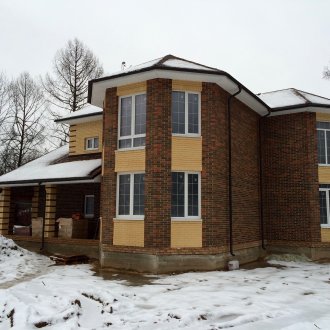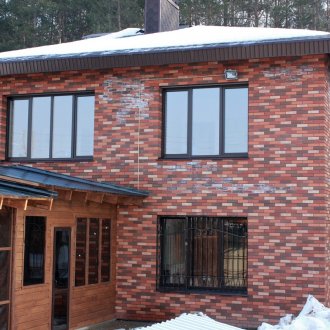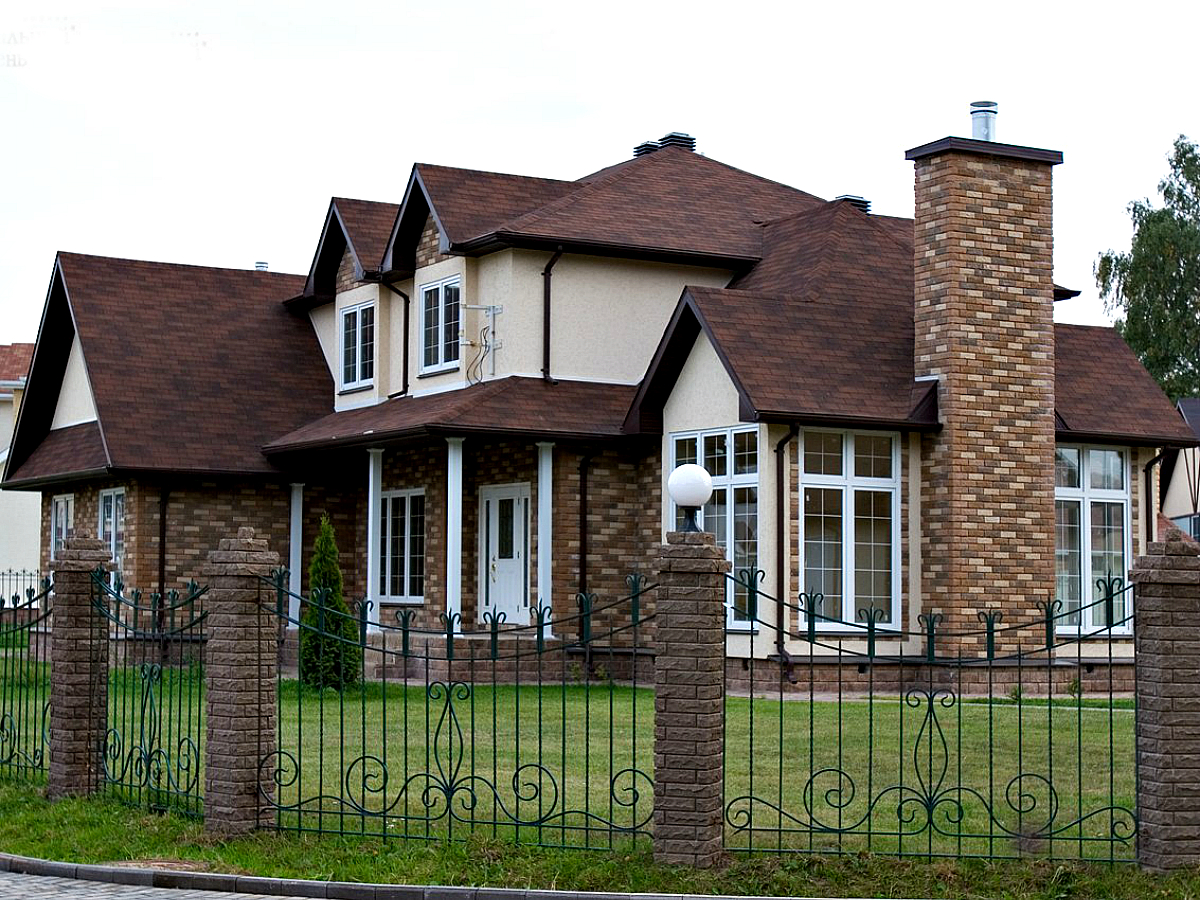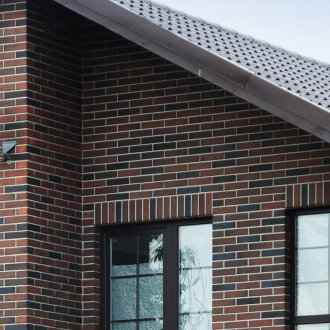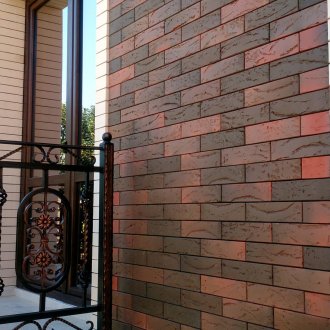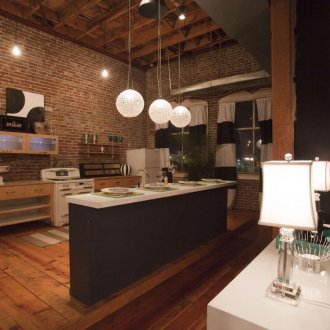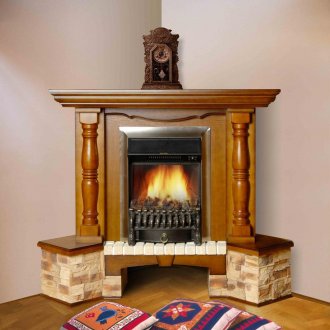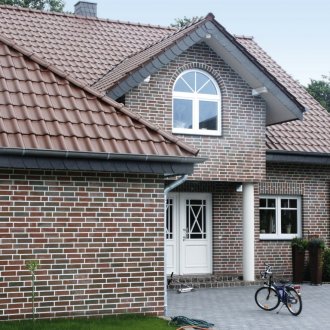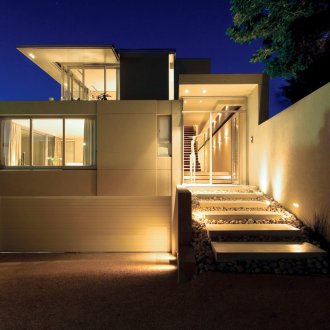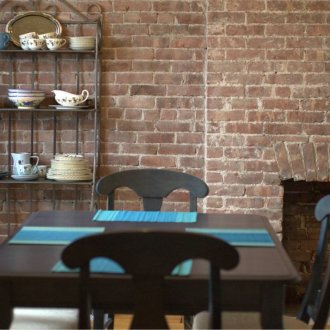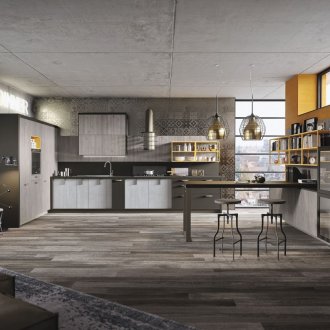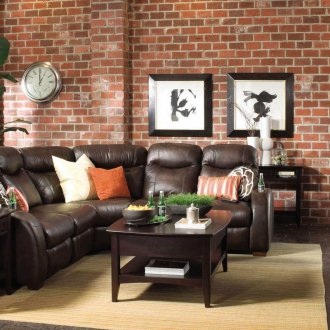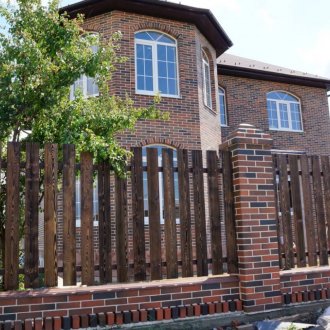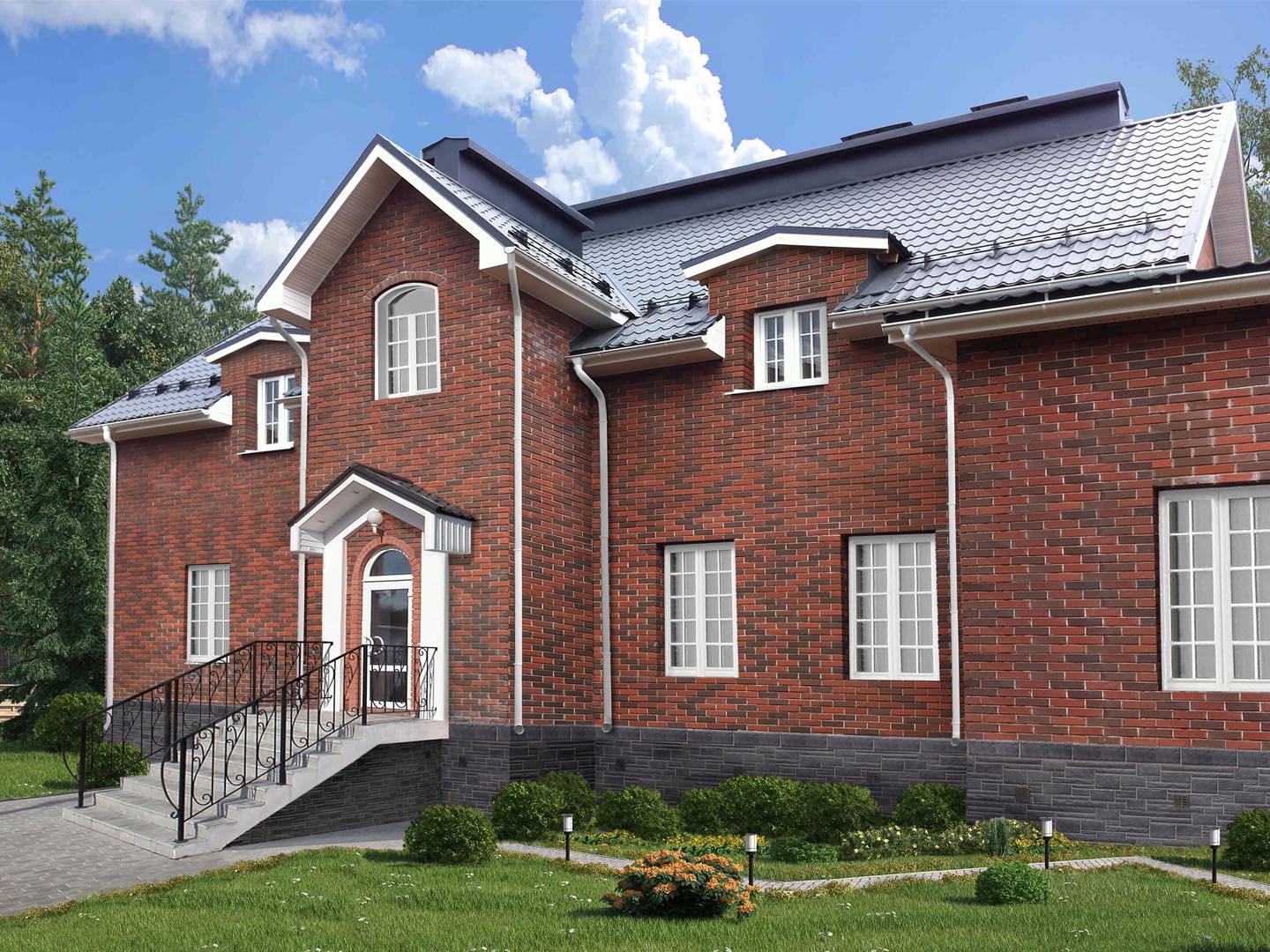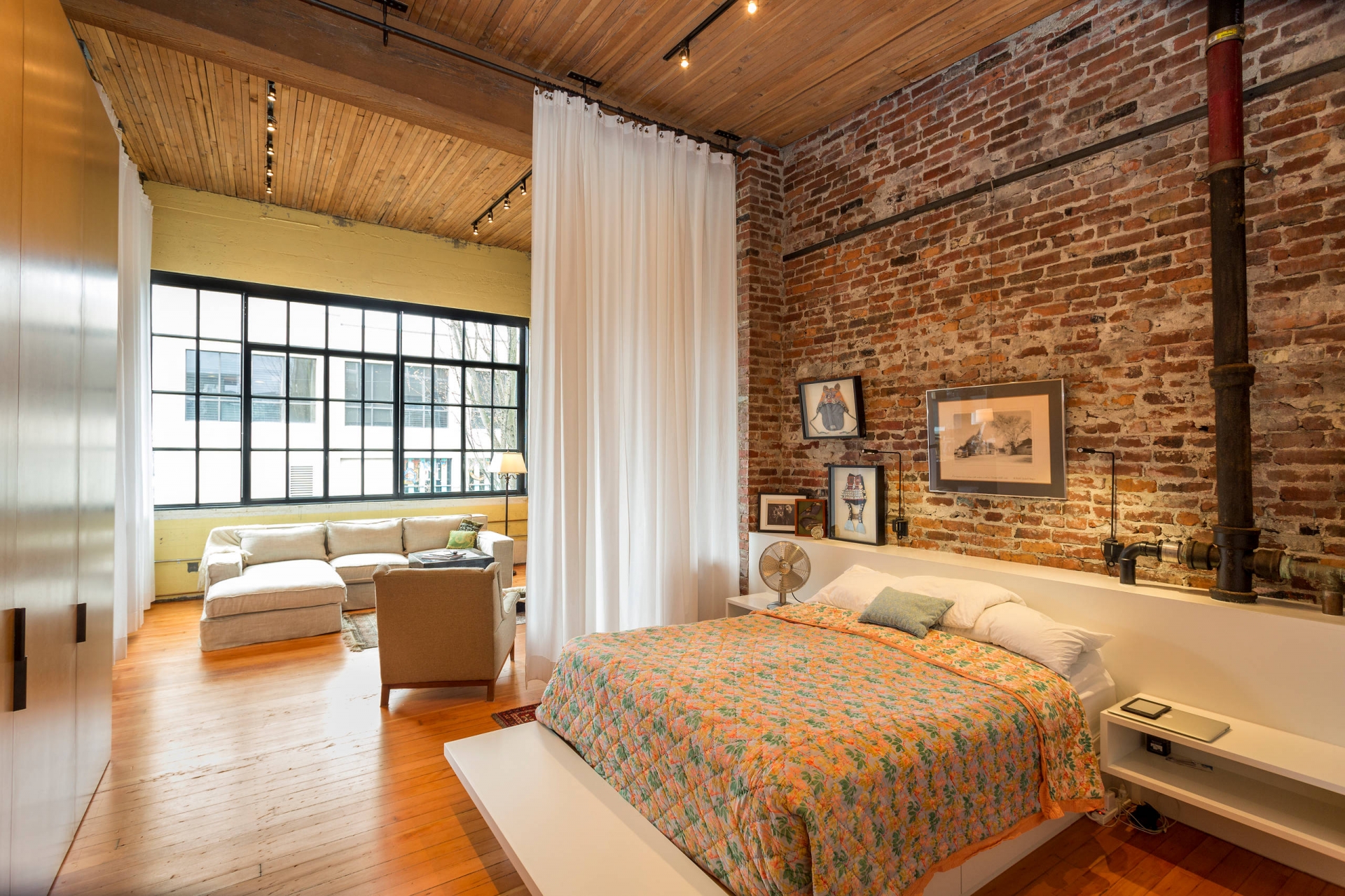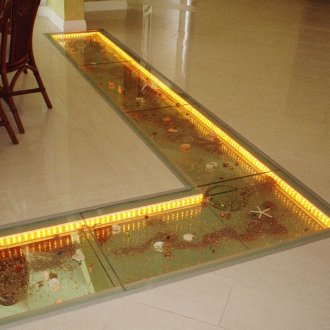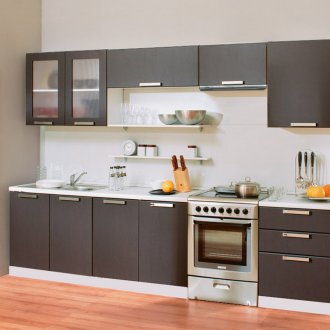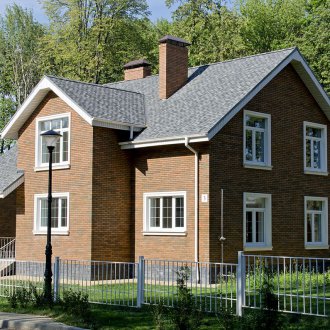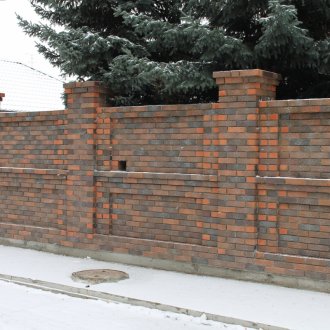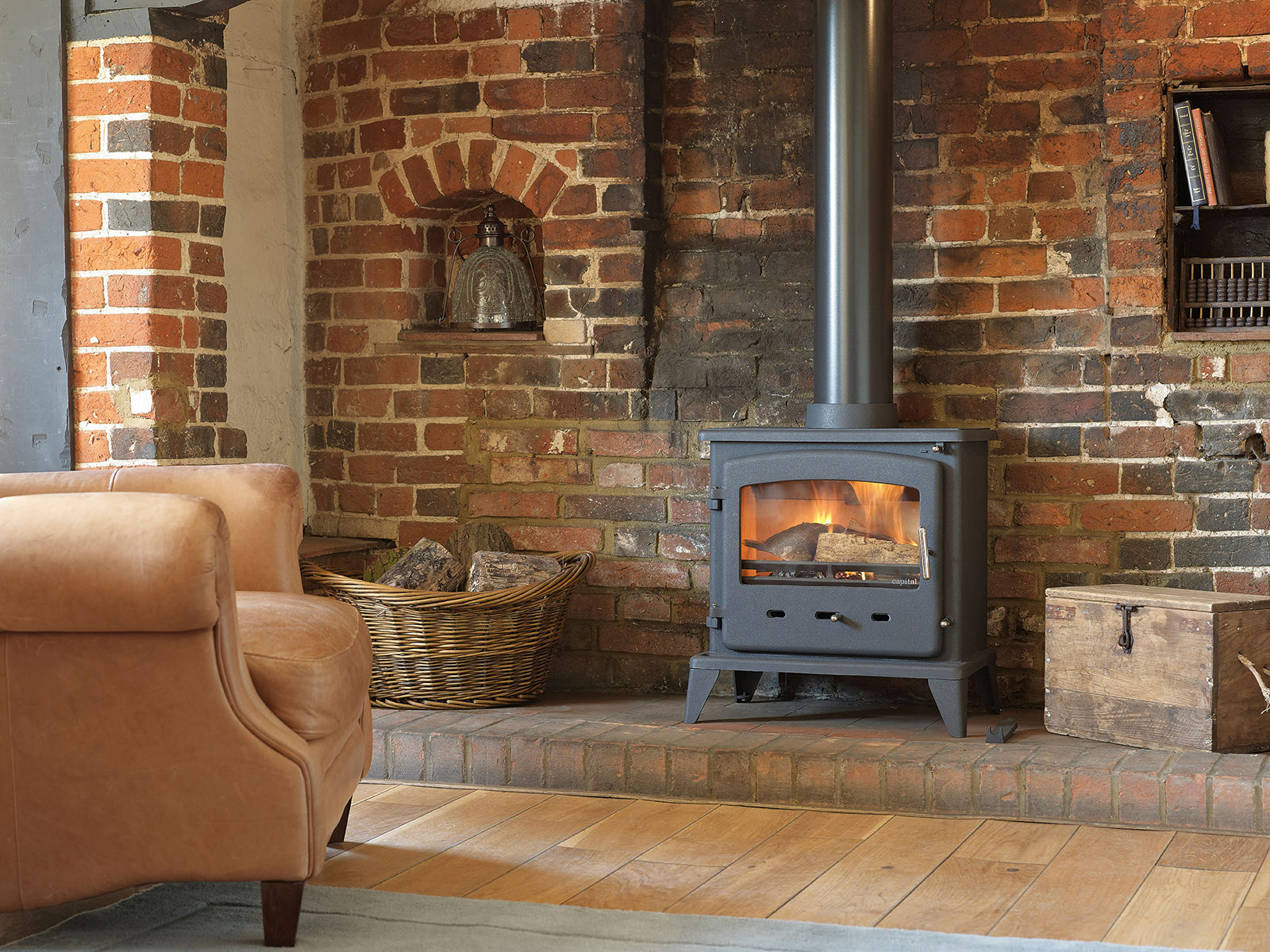Bavarian masonry: classification, drawing, material (21 photos)
Content
Bavarian masonry is a special type of brick masonry, in which its different types and shades are used. Mixing happens as if by accident, but the result is a holistic picture that can decorate any home and give it a special twist. The masonry is used for buildings of various purposes - these are private houses, fireplaces, garden paths, and swimming pools.
Bavarian masonry began its history back in the distant seventeenth century in Germany. Then, making a batch of bricks of the same color was quite complicated, so the masons learned how to create real architectural masterpieces from different bricks.
When building a house of brick, the Bavarian masonry will be an excellent solution to give the structure a basic classical style.
Select a picture
At first glance, all the bricks - the details of the Bavarian masonry - are arranged randomly and have no order in the layout. However, in order to make the picture look really beautiful and correspond to the classical style, it is necessary to observe a number of rules when facing the building:
- When choosing bricks, you need to consider that the color ratio should be equal. The predominance of one shade should not be ensured, and the number of bricks of different colors should be the same.
- In every chaos there is an order, therefore, even for Bavarian masonry, it is necessary to think over in advance the pattern in which the cladding of the structure will be made. Experiment with the ornament, taking a few face bricks, and try to make several fragments of masonry, alternating colored parts. Such a pattern is called a pattern.
- When drawing up the pattern, pay attention to the even distribution of flowers over the entire area of the wall. In order for the masonry to look harmonious, one cannot allow the predominance of light or dark spots in its individual areas.
- The first row should consist of alternating parts of different colors.
- Remember that the effect may not live up to your expectations, so use contrasting colors with caution.
- Bavarian masonry will look better when using brown and red shades.
These rules will help to make any building harmonious and unique.
Classification of Bavarian masonry
Bavarian masonry varies in the number of masonry bricks used. The following types exist:
- classic masonry, which consists of four shades of the same color scheme.
- two-tone masonry;
- multicolor masonry, consisting of five or more shades.
In Bavarian masonry, there are many options for combining colors and shades. As mentioned earlier, it is necessary to draw up several patterns before the facing of the building. They will determine what kind and style will be the Bavarian masonry. The brick in the classic version can be of four shades: black-brown, brown, dark red, red. However, in a modern style, designers like to experiment: facing brick of light tones and shades is widely used.
To brightly highlight individual elements of the building, for example, corners, windows or arches, a brick of the same color is used. This allows you to give the house a special shape and personality.Often there is a mixture of Bavarian masonry styles, but with such bold decisions you need to be careful and consult a professional designer if possible.
Where can I use Bavarian masonry?
Bavarian masonry is, first of all, an element of the classical style, but it can give calm and at the same time bright colors to any interior. It is used not only for the construction of one-story or two-story houses, but also for decoration of stoves, fireplaces or even garden paths.
Facing a house from Bavarian masonry is often combined with Christmas tree decorations, and a fireplace made in this style will be amazingly combined with randomly laid tiles. This will create an element of antiquity even in a modern house and maintain a calm and cozy atmosphere in it.
Choosing a brick and tools
So, if you decide to decorate the house with the help of a chaotic ornament of the Bavarian masonry, then it is worth moving on to choosing a brick and a tool. Today there is a wide selection of types of bricks. In addition to shades, they differ in relief, and internal properties, and parameters.
For Bavarian masonry, a perfectly smooth brick without scratches and chips is suitable. An exception may be only a relief brick, however, when using it, two elements of the same color should not be placed side by side - this will mix the two colors and remove the contrast effect.
You should immediately determine what shades the Bavarian masonry will be: Bordeaux is better to combine with dark red hues, a “flash” can become the basis for any version of the Bavarian masonry style, “magma” goes well with black and brown shades. However, it should be remembered that sharp contrasts can give the impression of negligence in the lining.
It doesn't matter what type of brick you use. Whether it is clinker brick or ceramic brick, it must meet the following characteristics:
- Strength - M150;
- Frost resistance - F50;
- Moisture resistance - 8-10%;
- Thermal conductivity - 0.51.
In fact, making ornaments for Bavarian masonry is a very creative and entertaining affair. If you follow the elementary design rules, you can get a unique ornament that will create an individual and elegant interior.
If you have already chosen a brick, you can start selecting tools to get started. Here are the most necessary of them:
building cord;
- a tape measure or a folding meter will help to measure at each stage of the lining;
- trowel - a tool for leveling and removing excess solution;
- the stitching gives the seams a certain shape and processes them;
- a pickaxe hammer will help to chop a brick into smaller elements;
- mortar shovel - with its help you can stir the solution in the box, as well as feed and spread it on the wall;
- squeegee is used to clean the smoke and ventilation ducts of the remnants of the mortar, as well as to smooth the seams;
- a wooden square, with the help of which the rectangularity of the produced angles is checked;
- building level to check the verticality of the masonry;
- the rule is used to check the face of the masonry.
With these standard tools you can do it!
So, the Bavarian masonry style is perfect for those who want to make ceramics the classic basis of their interior. Whether it’s a fireplace, a swimming pool or an entire house, this type of masonry will add sophistication and personality to the building.
